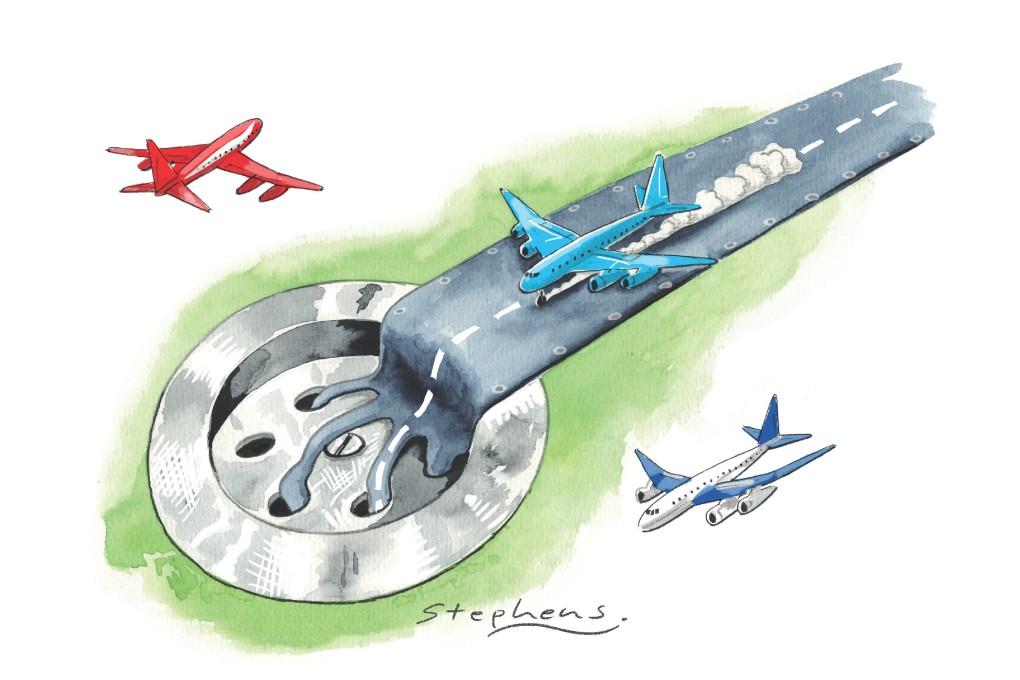Why not a second airport for Hong Kong?
Francis Cheung says if the government cannot justify its questionable third runway plans for Chek Lap Kok, it must change and consider building a second, properly expandable airport

Public concern over the government's push for the third runway at Chek Lap Kok has recently extended from its impact on natural habitats to the projected capacity of the expanded airport, highlighted by the issue of limited airspace that would need to be shared with nearby airports across the boundary.
This latest controversy not only focuses attention on the government's entrenched lack of transparency - when it refuses to disclose details of the alleged understanding reached with authorities to the north on airspace management, it also adds fuel to the fear that the third runway project will ultimately become a giant white elephant that cannot deliver on its promised boost in capacity. After all, if not enough planes can get into and out of the skies, added runway space on the ground is just a waste of concrete.
The government has left itself open to mistrust by claiming that Hong Kong needs a third runway to compete against airports in Guangzhou and Shenzhen over the long term while suggesting that airspace could be amicably shared. We can be sure that any goodwill behind agreements on sharing made now will vanish into thin air when real dollars and cents are at stake. Just look at how difficult it has been to win support from Shenzhen on the recent issue of limiting multiple-entry visas.
Even if we set aside the airspace issue, the Airport Authority's handling capacity projections are highly questionable due to the low efficiency of three-runway systems, which are not in common use internationally. Airports work best when pairs of runways operate in tandem, so a four- or six-runway system functions as two or three airports working side by side.
Three-runway systems will always be hampered by the unavoidable need for some planes to taxi across runways, thereby slowing down the clockwork rhythm of landings and take-offs. The design proposed for Hong Kong will be further suppressed as the third runway would only be used for landings - thanks once again to airspace limitations. This is why some are seriously questioning the Airport Authority's projected capacity figures.
Fears of white elephants aside, the public needs to focus its attention on the elephant already in the room, namely the lack of time. According to the current project timeline, the third runway should be completed by 2023, leaving us only seven years until the year 2030 - when traffic volume will supposedly reach capacity again.